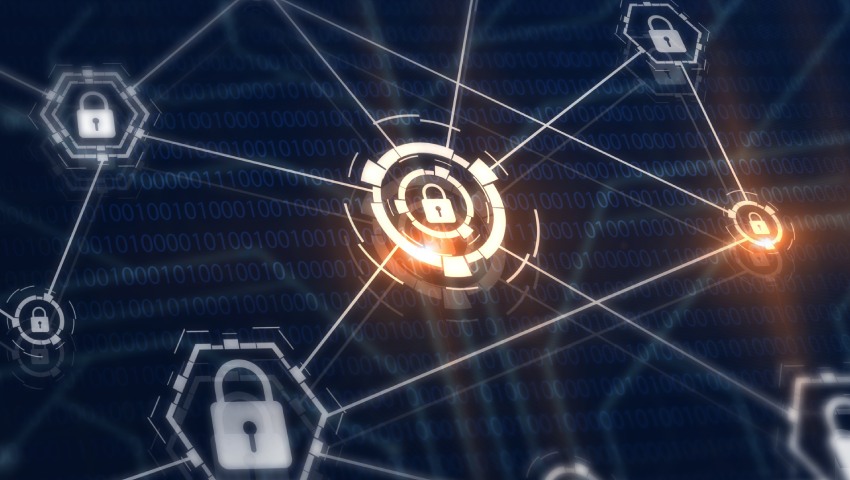Speaking at SIGCOMM 2021 last week, University of California’s Sangeetha Abdu Jyothi presented her findings on the impact of solar storms on internet infrastructure in her presentation, titled ‘Solar Superstorms: Planning for an Internet Apocalypse’.
According to the findings, fibre optic cables remain immune from coronal mass ejections, demonstrating that much of the world's local internet infrastructure will remain safe from long term damage resulting from the solar storms. On the other hand, however, it is likely that many of the world's repeaters will be destroyed due to the electronic parts within them.
According to Jyothi’s findings, the submarine cables that link continents are also likely to be disrupted by the solar event. In a worst case scenario, this would cut off communications between countries.
Speaking to news outlet WIRED, Jyothi explained that interest in internet resilience spurred her interest, which grew from the disruption to global supply chains arising from the COVID-19 pandemic.
"What really got me thinking about this is that with the pandemic we saw how unprepared the world was. There was no protocol to deal with it effectively and it's the same with Internet resilience," Jyothi told WIRED.
"Our infrastructure is not prepared for a large-scale solar event. We have very limited understanding of what the extent of the damage would be."
Jyothi continued explaining that many of the findings are hypothetical in nature, as there is a lack of observable data on the impact that coronal mass ejections have on electrical infrastructure. Thus, it is remarkably difficult for researchers to draw conclusions.
"There are no models currently available of how this could play out," she told WIRED. "We have more understanding of how these storms would impact power systems, but that's all on land. In the ocean it's even more difficult to predict."
[Related: Heightened risk environment demands cyber resiliency]

